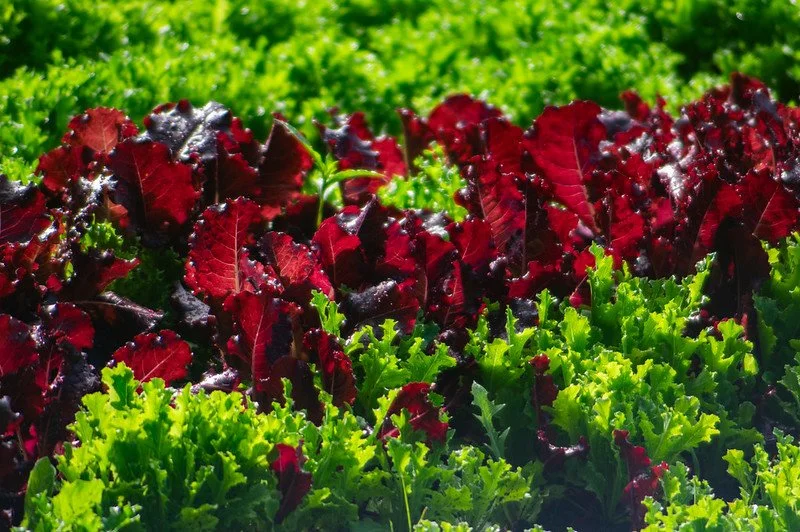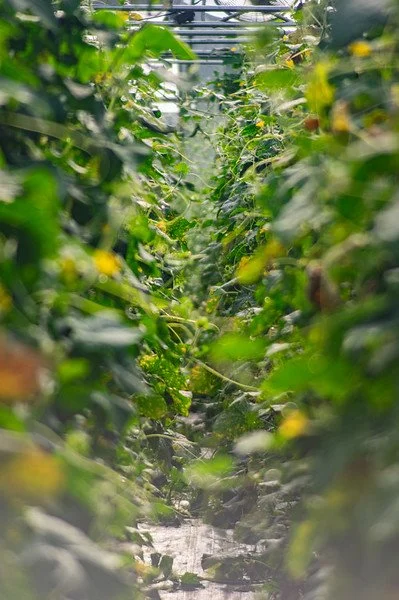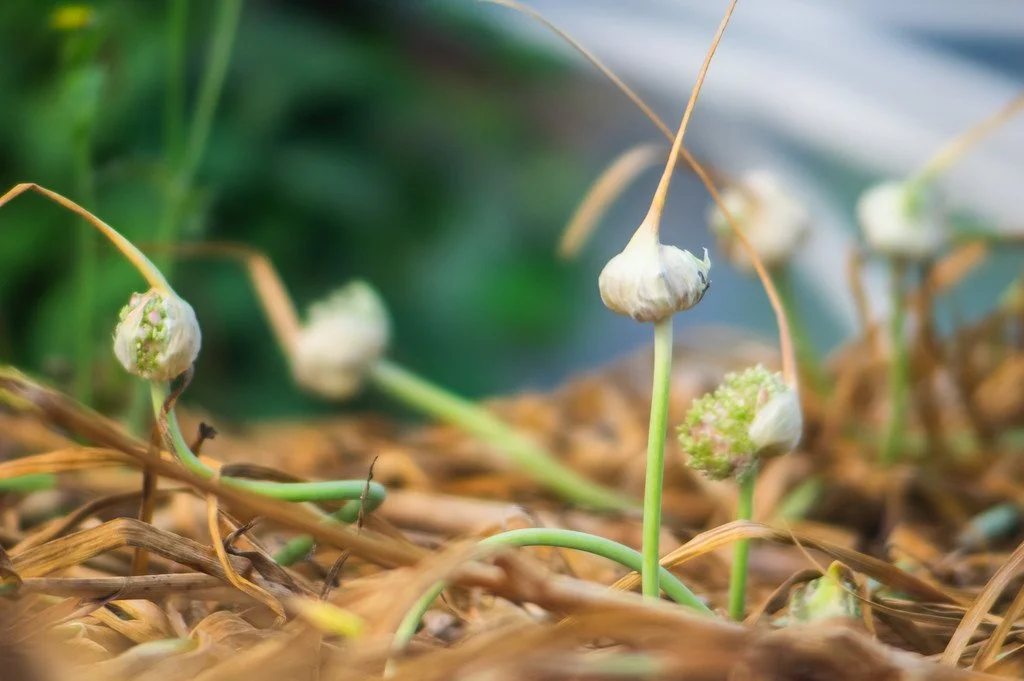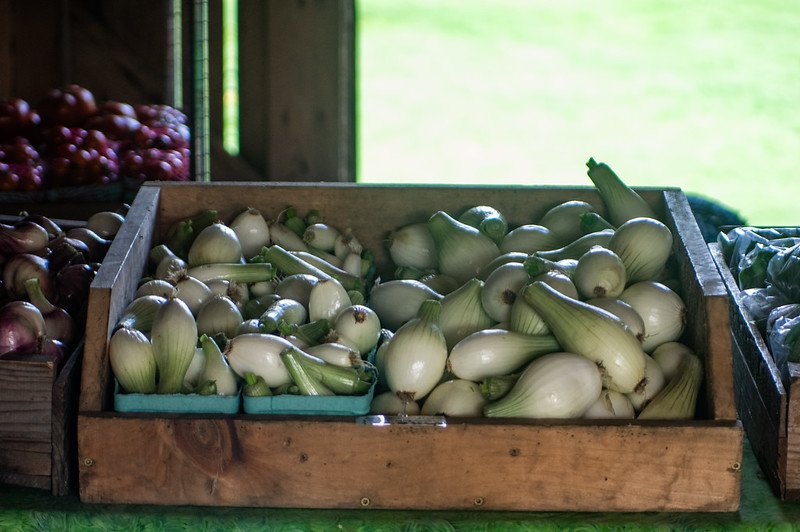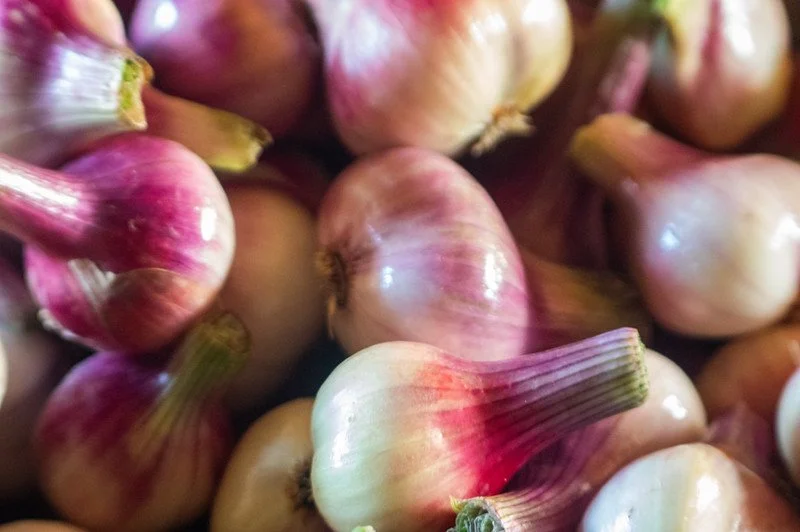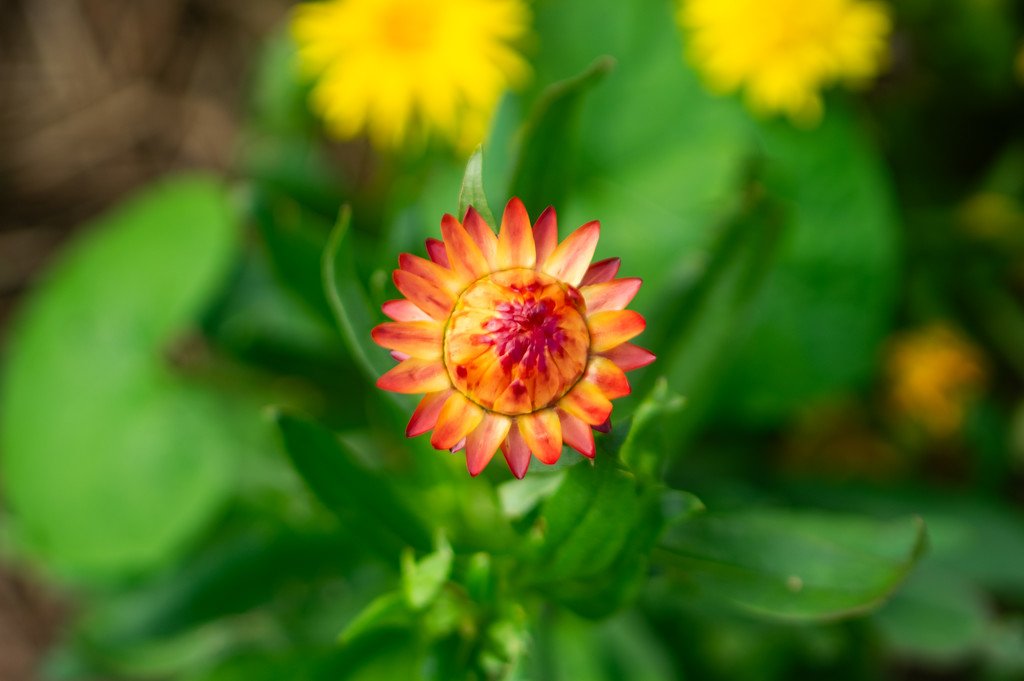11th Week of the Summer CSA season: Week of August 15th
Vane, K1 and K2 bringing in the lettuce one morning ,photo by Adam Ford
CSA Balance Due
If you haven’t already paid, your balance is due. You can pay online through your account (with a card or e-check ACH payment), mail a check to Evening Song Farm 48 Nice Road, Cuttingsville VT 05738, leave a check or cash in the CSA cash box at the barn, send money with Venmo @eveningsongcsa, or use EBT. It’s very cool to pay in smaller chunks, just let us know what your payment plan is.
love these on a sandwhich, photo by Adam Ford
love these in my pico de gallo, photo by Adam Ford
This Week’s Availability
This week we will have yellow beets, red beets, parsley, garlic scapes, green cabbage, carrots, scallions, baby lettuce, mini romaine heads, arugula, green curly kale bunches, lacinato kale bunches, slicing cucumbers, Japanese slicing cucumbers, pickling cucumbers, zucchini, yellow summer squash, purple kohlrabi, fennel, garlic, basil, Asian eggplant, Italian eggplant, tomatillos, green tomatoes, sweet onions, shallots, jalapeno peppers, spaghetti squash, roma tomatoes, and heirloom tomatoes.
Ordering closes at noon on Tuesdays for Wednesday bags, and at midnight on Wednesdays for Friday bags.
You do not need to fill out the form if you plan to come to the barn on Tuesdays, Wednesdays or Thursdays to pick out your items yourself.
C’mon cherries… where are you at this season?! It’s mid August, and usually we are knee deep in an excess of cherry tomatoes that we can’t even move through wholesale accounts! photo by Adam Ford
These are starting to come in nicely though… and perfect timing… we are on our last jar of fermented jalapeno hot sauce… a staple ingredient in our house, photo by Adam Ford
Farm News
Some of the tomatoes are slowing down already, which is always a bit wild and sad to me, after taking care of some of these plants since the end of January. But there are still plenty of varieties that are still chugging along, and for whatever reason, the cherry tomatoes haven’t even really picked up steam yet, so there will still be tomatoes for a bit. One of the indoor cucumber varieties are also slowing down, but we have later outdoor plantings that have been coming in strong and overlapped nicely with the winding down of the indoor ones. It’s a mix of math, planning, weather, luck, hoping and dreaming to have the successional plantings of fruiting crops line up well.
The team worked away at getting all of the cured garlic clipped and stored in the root cellar, and soon we will be turning our attention to potting up next year’s strawberry tips, and hopefully harvesting the elderberries before the birds do it for us.
There are only two remaining message frames for new narratives about farming as climate work. (Check out the 2nd, 3rd, 4th, and 10th weeks of the summer season newsletters if you haven’t read those first few message frames and want to.) The message frame from Action Circles is in bold, the unbolded words are their explanation for that message frame, and the italics are my own thoughts.
How farmers farm and how eaters eat matters.
The ways we grow what we all eat can hurt or help the climate. Producers and eaters alike have agency in demanding change through food choices, policy and investments. Everyone can be a climate hero by eating from local climate friendly farms.
And I would add that some eaters have more agency than others. Not everyone can choose certified organic or pastured food sources, but when eaters are able to, it matters. Third party certifiers around the country are getting more strict and expansive with what organic certification requires. We love being certified by Vermont Organic Farmers because it requires documentation of biodiversity practices and soil building. By choosing certified organic products as consumers, we are showing the food industry that the demand is there to prioritize ecological growing practices.
And some forms of agriculture are more damaging to the climate than others. For example, commercial meat production is a big culprit of carbon emissions and water pollution, and also just a very sad way to raise a sentient being. As a species, humans certainly need to shift away from meat as a main source of protein, and use it more like a special luxury or a condiment, and as we make that shift, sourcing meat from pastured, certified organic, or local sources minimizes the climate impacts of eating meat. We have Squire Family Farm beef in our freezer at the CSA pickup because not only are they pastured and certified organic, but they are transitioning their 100+ acres of pasture to silvopasture, which allows for shade for grazing cows, drought protection for pastures, and an opportunity to capture more carbon through the trees. Paying $10/pound for ground beef is a lot, I get it. But when our family chooses do do a burger night, it’s a special occasion, and I feel like I am not just paying for the beef, but also a more resilient climate, and that makes the burgers even more delicious for me, honestly.
The food system includes everyone, so it is everyone’s responsibility to create a food system that is good for people and the planet.
And if eating more expensive, “climate friendly” food is out of reach, make your voice heard with our federal delegation, that we need a new agricultural policy that supports eaters and the climate. In fact, Bernie Sanders’ office has the previous farmer from Golden Russet Farm in Middlebury working on staff, and he is a blast to talk with about your hopes and dreams about agricultural policy.
Vermont alone cannot solve the climate catastrophe, and if Vermont started changing the systems of investment in farms, that could help lead to the bigger systemic change necessary. Baby steps lead to quantum leaps.
Remember Vermont’s leadership in marriage equality on a national level? We are a small state, but what we establish on a state level matters.
People can choose how to spend their food dollars. Investing in local food from climate conscious farmers is an investment in personal health, community, and climate action.
And you are doing that! By being a part of this CSA! Take a moment to pat yourself on the back. And then maybe tell your friends and neighbors why you value making those food choices. You are literally supporting a farm managed by two (somewhat) climate obsessed farmers, who use our free time learning and researching more about our potential role in climate solutions.
Next week I’ll be taking a week off from these message frames since we will be away on vacation, but stay tuned for the last message frame two weeks from now!
Have a great week.
-ESF Team: Ryan, Kara, Molly, Cindy, Galen, Katie, K2, Taylor, Vanessa, and Bryan (and Sky and Soraya)
Weekly Recipe
Katie harvesting scallions behind the flower garden, photo by Adam Ford
cosmo, photo by Adam Ford
baby lettuce, photo by Adam Ford
colors! photo by Adam Ford
pollinators in flight, photo by Adam Ford
cuke vines, photo by Adam Ford
hive entrance, photo by Adam Ford
garlic curing before we clipped and moved it all into the root cellar for storage…. that’s always a big project to get done, and it feels great, photo by Adam Ford
yellow beets, photo by Adam Ford
this cuke vine climbed up and over a ventilation fan in the roof of the tunnel… and we have picked many fruits from above that fan this season, photo by Adam Ford
green tomatoes waiting to ripen, photo by Adam Ford
K2, photo by Adam Ford
this almost 1st grader cut his first bin of baby lettuce with the team last week… it’s probably that sequined dino shirt that made him such a pro at becoming a lettuce harvester, photo by Adam Ford
we are bummed at the onion harvest this year… foliar disease from such a wet year just made our onions stay teeny tiny, photo by Adam Ford
Vane (and me), photo by Adam Ford
shallot tops cut off, photo by Adam Ford
spaghetti squash growing well, photo by Adam Ford
clouds dancing, photo by Adam Ford
garlic flowers on scapes who got away, photo by Adam Ford
meanwhile, this little bike mechanic learned all about different wrenches while she put on her own training wheels….. do you even need training wheels if you put them on yourself? photo by Adam Ford
but if you have taken any of the smallest ones on the left in this picture, maybe you know how delightful they are sauteed whole with olive oil, photo by Adam Ford
Taylor stocking CSA display, photo by Adam Ford
beautiful shallots without tops, photo by Adam Ford
strawflower, photo by Adam Ford
Vane spraying bins, photo by Adam Ford








